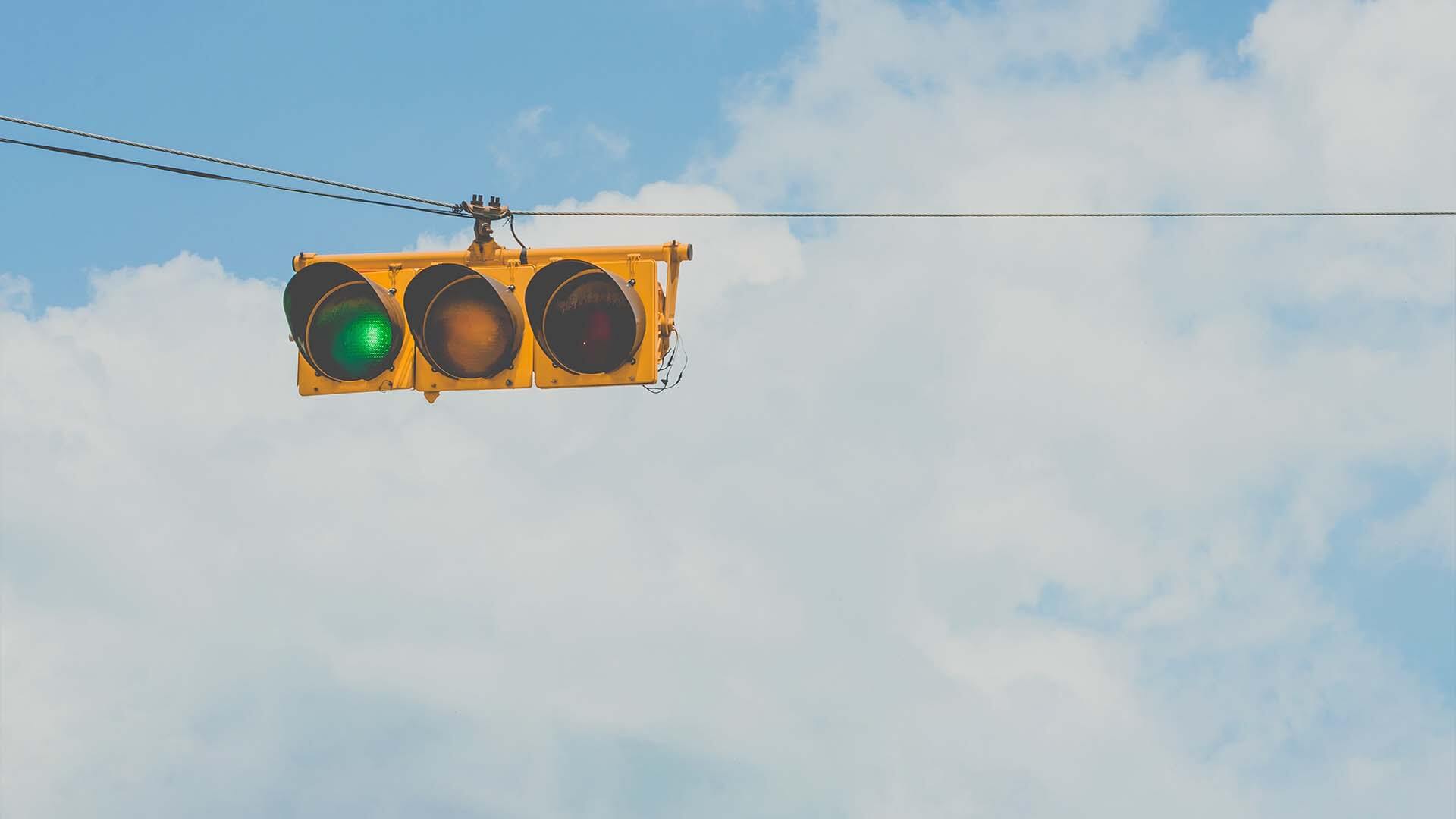Originally written for r/RealDayTrading Dec 26, 2021
In this article I want to do a quick recap of Part 1, Part 2, Part 3 and Part 4. All of your analysis starts with your D1 opinion of the market and your confidence in that analysis. When your confidence is high you trade larger size and when your confidence is low you trim your activity. The opening market move might fit the longer term market narrative as it did in Parts 1-4. However, if the two time frames are not aligned, you need to wait patiently for them to align intraday. For instance, if the market had continued to fill in more of the gap Thursday I would have waited longer before entering TSLA.
The intraday price action in the first 30 minutes will help you identify the directional bias and the trend strength. Sometimes the market will have great strength (consecutive long candles stacked with little to no overlap) and sometimes the trend strength will be weak (mixed green and red candles on light volume). It is critical that you determine the type of trading day that is setting up. Use the first 30 minutes to get your market bearings and to find stocks with relative strength, heavy volume and technical breakouts on an M5 and D1 basis. If you follow this process and you wait patiently for the trades to set up, your odds of success will be high. Here are some common trade questions. Books have been written on each of these trade questions, but I will give you simple answers.
How do I know when to enter a trade? If the market is bullish on D1 and the intraday price action indicates a market move higher, buy stocks that are technically strong on D1 and M5. Relative strength, breakouts and heavy volume confirm that the stock wants to lead the charge. Scale in and add if the position is working. If you do not have all of these elements in alignment, be patient and keep stalking. They will line up and don’t settle for anything less than perfection!
How do I know when to take profits? When you entered the trade all of the elements should have been present. The market should continue to move in the way you expected. If you expected a rally and the market drops, you need to be ready to take gains on the stock. If the stock maintained its relative strength and if the market dip looks benign, you can try to ride out the market dip knowing that when the market regains the bid the stock will shoot higher. If the market is moving higher and the stock is losing its relative strength, take some profits. If the stock has tiny bodied candles at the high of the day it is a sign of resistance and you should take some gains. If the market is trapped inside of the first hour’s range you should set passive targets on the stock knowing that there is no tailwind and that most stocks will not go on a long tear. Your position management needs to be fluid and it needs to constantly evaluate the market (D1 and M5) and the stock (D1 and M5).
How should I size my positions? The market determines how aggressively I am going to trade on any given day. If the market has a strong D1 chart and a heavy volume technical breakout, I will look for that continuation during the day. I would like to see the market blow through the prior day’s high and I would like to see long green candles stacked consecutively on the open with heavy volume. If I get this backdrop I will be trading a larger size. If the market has been choppy and directionless on D1 with recent dojis, and tight low-volume intraday ranges, I will size down. If the market is trapped inside of the prior day’s range (“inside day”) I will trade a smaller size. I like to use a constant dollar allocation and I change that amount daily based on market conditions, my market forecast, and my confidence in that forecast.
Where should I place my stops? If you are having problems with your stops, you need to focus on your entries. Chances are you are forcing trades and you need to be more patient and wait for the trade to really line up. Most of my trades perform within 5-10 minutes and I am looking for an instant cushion. Are there times when I get the stock or the market wrong? Yes, and I need to identify whether the situation is temporary (stick with the position) or if I was wrong (exit). Price is important, but it is not the only consideration. For bullish day trades, I like to use the open from the last long green candle (there were buyers at that price before) as a stop. I also like to see the halfway point of long candles hold. Time is also a stop parameter I use. If I am in a trade I am looking for instant movement. If the stock stalls and the market stalls, I am likely to exit the trade and wait. This is a time stop and the longer I sit in a position the closer my odds get to 50% (I want 75%). Relative strength is another stop I use. If the market is heading higher and the stock is not participating I will exit early. I provided an example of this in Part 4 with TSLA. If I am long a stock and the market starts to lose the bid (long red candles, double top lower high, bearish 1OP cross) I will exit longs. The stock will hold its relative strength, but only for a little while if the market is dropping. The process for entering and exiting trades is fluid and it requires constant evaluation of the market and the stock.
Why am I so nervous? There could be a few issues in play. The most obvious is you are overtrading. Scared money never wins, trim your size. You might also be nervous because your win rate is poor and trades always seem to get stopped out for a loss. If this is the case, you need to work on your patience and you need to wait for those windows to set up. If you go through the process I outlined, you will have confidence on a longer-term basis for the market and for the stock. A structured decision-making process will reduce anxiety. When you enter a trade you should be confident, not wishy-washy. The stock needs to perform in less than 15 minutes. Scaling in is another way to reduce anxiety. The smaller exposure will help you remove the emotion. Sometimes you will add to a winner and sometimes you will exit before you build the position. In either case, know that you control what happens and there is no need to fret.
What is the best options trading strategy? Your opinion of the direction, duration, and magnitude of the move and your confidence in that opinion determines the best options trading strategy. First, you have to apply this to the market on a daily and intraday basis and then you need to do the same for individual stocks. Sounds easy – right? Unfortunately, there are many variables that you need to quantify before you can get to the best strategy. My experience is that the strategy that allows me to get in and out with ease and minimum slippage (bid/ask spreads and commissions) is the best one for day trading. Remember, options are only 5% of the decision-making process. If you get Parts 1-4 right, you can trade just about any options strategy and do well. Experiment with different options strategies until you find a few that work for you.
I hope this series of articles will help you to improve your trading in 2022.
Previous Articles









